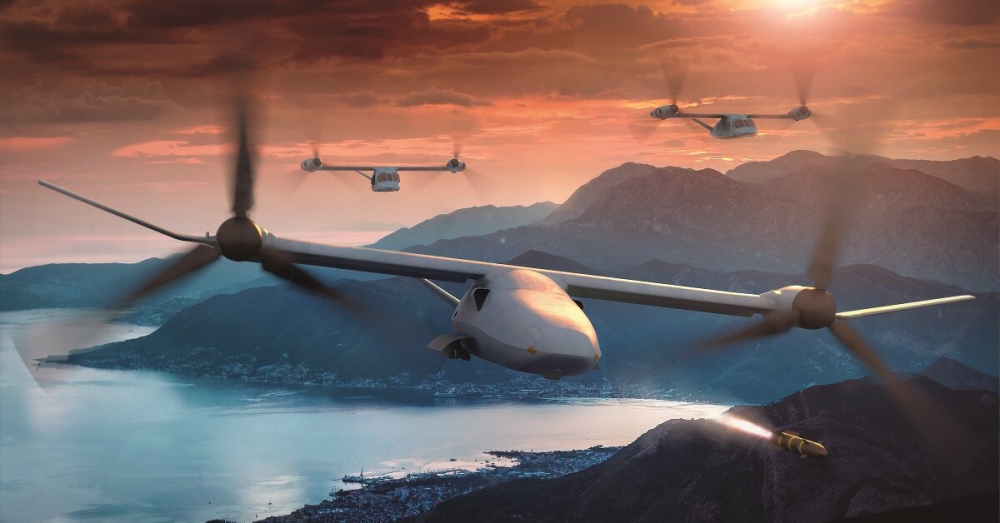The US Marine Corps has narrowed the list of requirements for its proposed large unmanned aerial system (UAS) and is teaming with Naval Air Systems Command (NAVAIR) on an unusual program to accelerate development of the technologies the UAS would need.
Although the Marines operate a variety of small and midsize UAS — primarily for short- and medium-range intelligence, surveillance and reconnaissance (ISR) services — the Corps has long wanted a large pilotless aircraft that could provide a wide scope of missions at extended range and longer endurance for its expeditionary Marine Air Group Task Forces (MAGTF).
The program, called the MAGTF Unmanned Aerial System Expeditionary (MUX), initially was expected to provide extensive capabilities such as strike and armed escort for MV-22 tilt-rotor troop transports. To give it the desired speed and range and the ability to operate from amphibious ships or austere land bases, MUX was expected to be a tilt-rotor. But research and feedback from the aerospace industry indicated that all the desired attributes would require an aircraft that could be too large to operate from amphibs and would be too expensive for the Marines to buy in sufficient numbers.
As a result, the Marines have narrowed the requirements for MUX to “four critical, Tier 1 capabilities” — early warning; ISR; electronic warfare; and communications relay, Capt. Christopher Harrison, spokesman for Marine Aviation, said in an e-mail. That same information was provided by 1st Lt. Sam Stephenson, a media officer at the Marine Corps Combat Development Command, who said:
“MUX will be multi-sensor and will provide early warning, electronic warfare, a C4 bridge and ISR as primary functions. The potential to conduct strike capability and logistics at ranges complementary to those of MV-22 and F-35 will be explored as secondary functions. MUX will give Naval Expeditionary Forces flexible, persistent and lethal reach,” Stephenson said.
“The Marine Corps owns two Kaman KMAX CQ-24 UAS — currently assigned to VMX-1 — to expand the cargo UAS envelope, refine MUX experimentation, reduce risk and capitalize on lessons learned from the AACUS program,” he added, referring to an autonomous cargo aircraft project.
Harrison noted that the Marines are working with NAVAIR “as they prepare to announce the prize challenge winners as part of the first phase of the MUX development strategy. The six prize challenges were announced on July 11 at a MUX Industry Day; four of the prize challenges are for individual mission payloads, one for payload adapter designs, and one for system architecture designs.”
“The prize challenge is an innovative solution to get this capability to the Marines faster and get the best performance per dollar of investment,” Capt. Eric Soderberg, the Navy’s Multi-Mission Tactical UAS (PMA-266) program manager, said in a NAVAIR release. “This approach will hopefully prompt industry to use nontraditional ways to develop their concepts.”
NAVAIR said it would award prize challenges in two phases. “The first phase will seek design concepts for payloads and modularity, emphasizing minimal size and weight while maximizing performance. The challenge submissions will be scored and evaluated by a panel of judges. Vendors will receive $700,000 for first place; $200,000 for second place; and $100,000 for third place. The results of the first phase will inform a second prize challenge for airframe and power plants.
The Navy expects to award a series of up to eight prize challenge awards for MUX.” A NAVAIR spokeswoman said the first phase awards were expected before the end of the calendar year. The Marines hope to field MUX in 2026, NAVAIR said.
Source: Seapower

